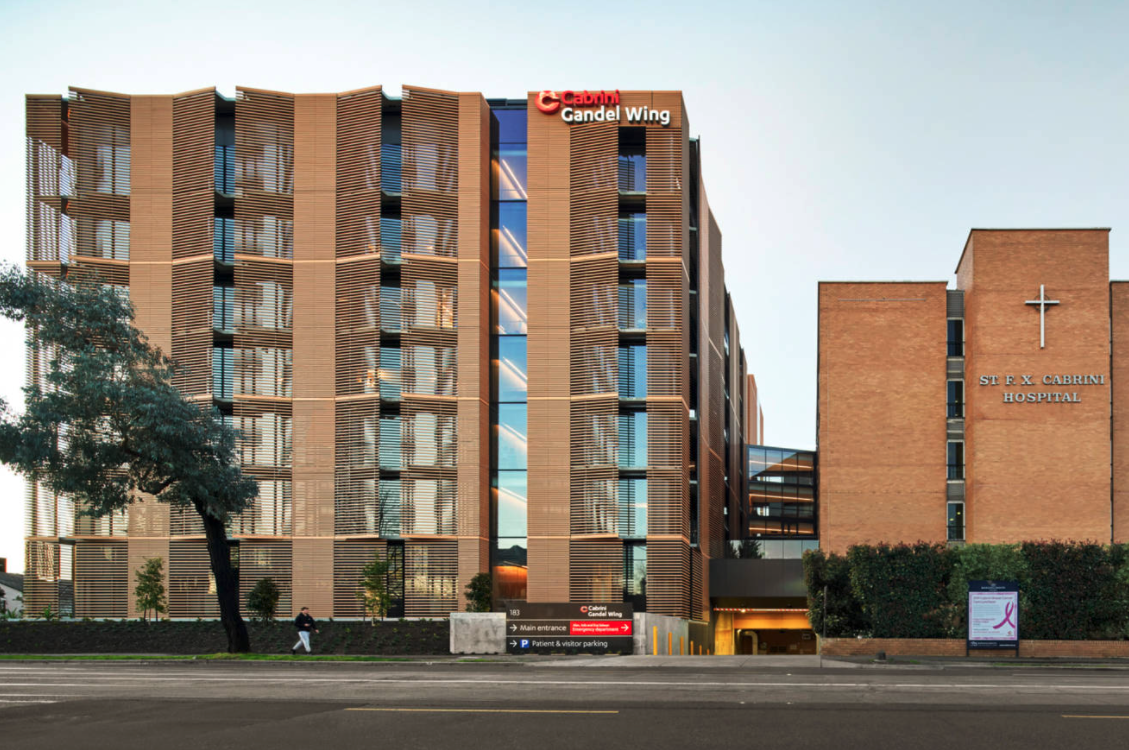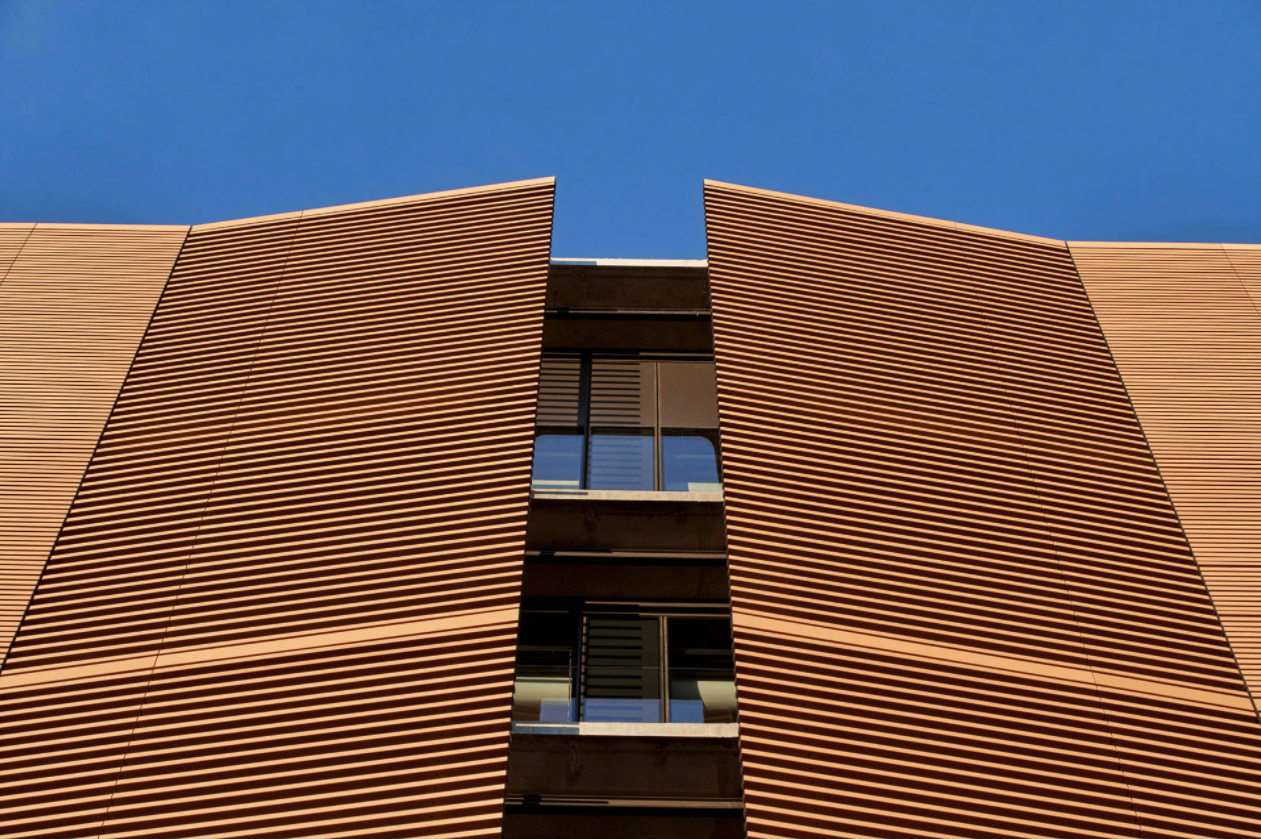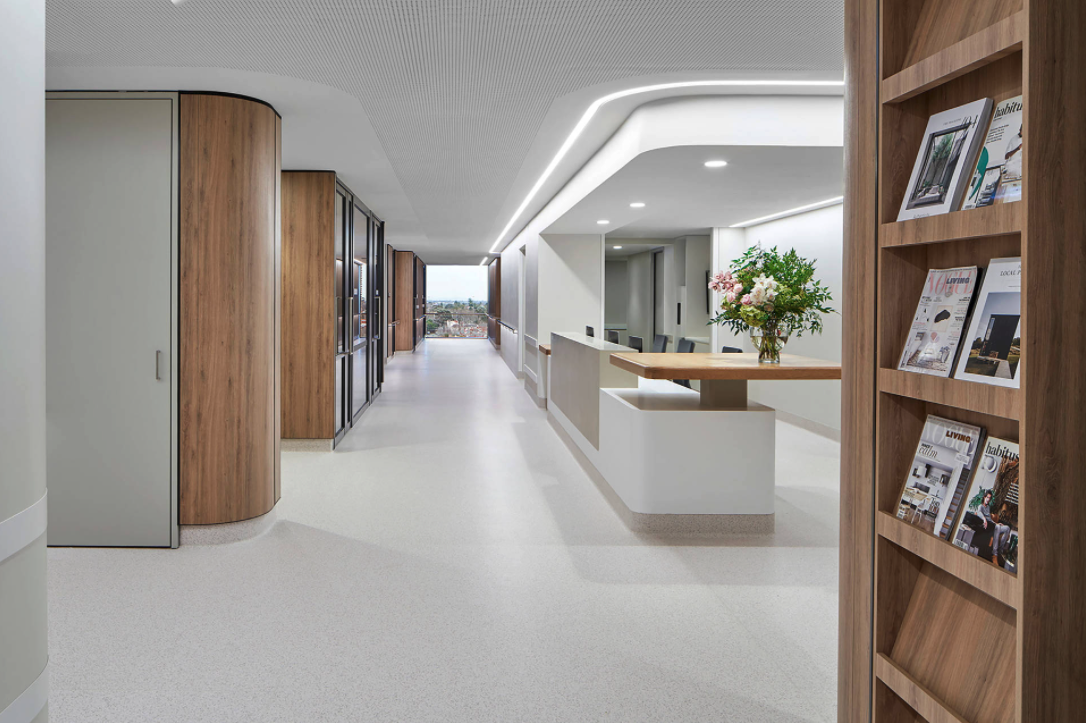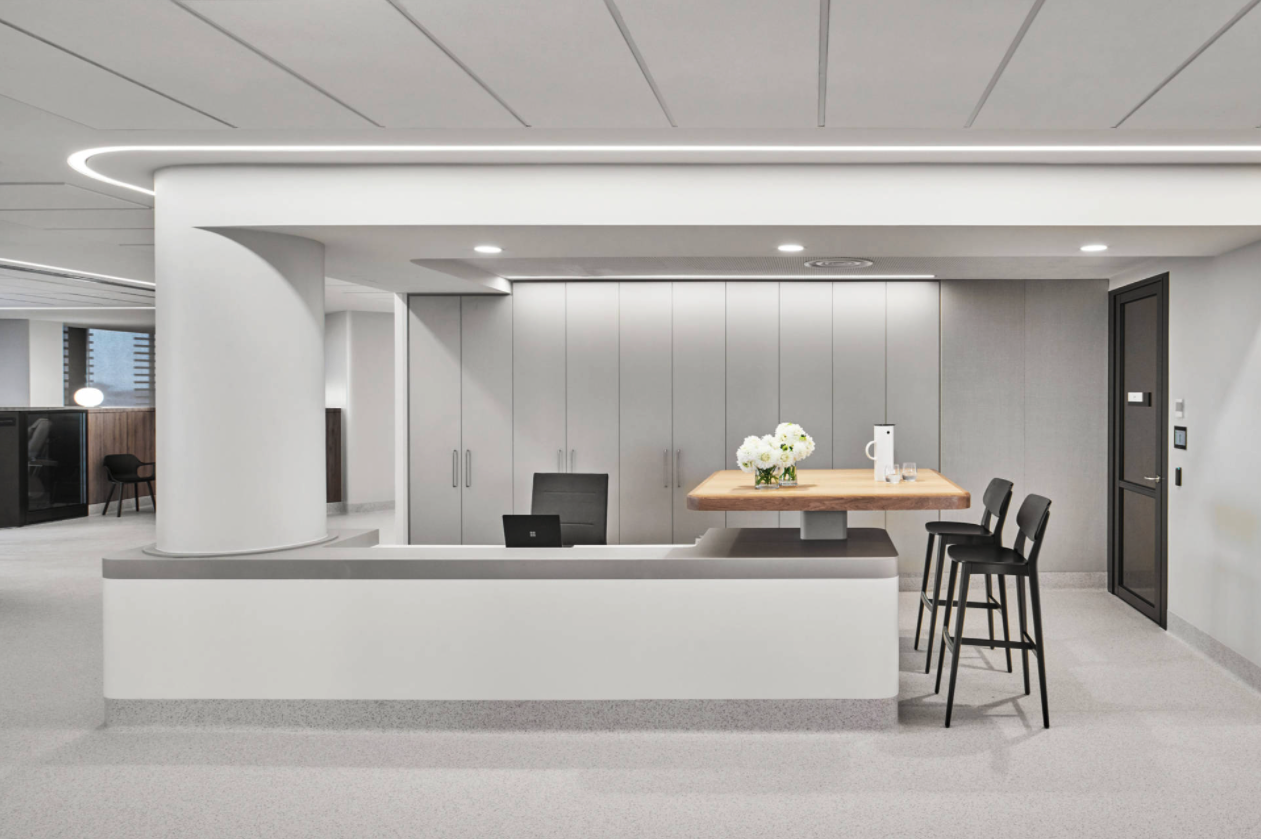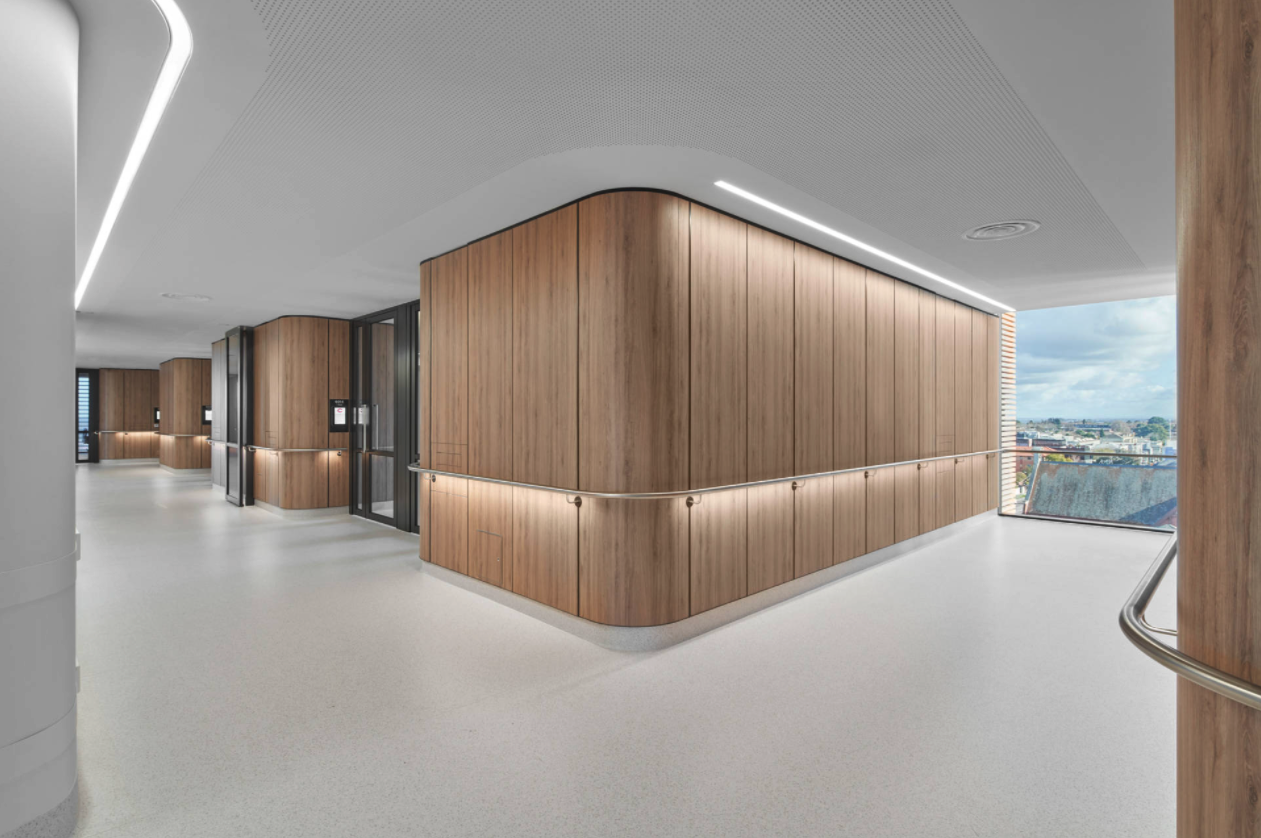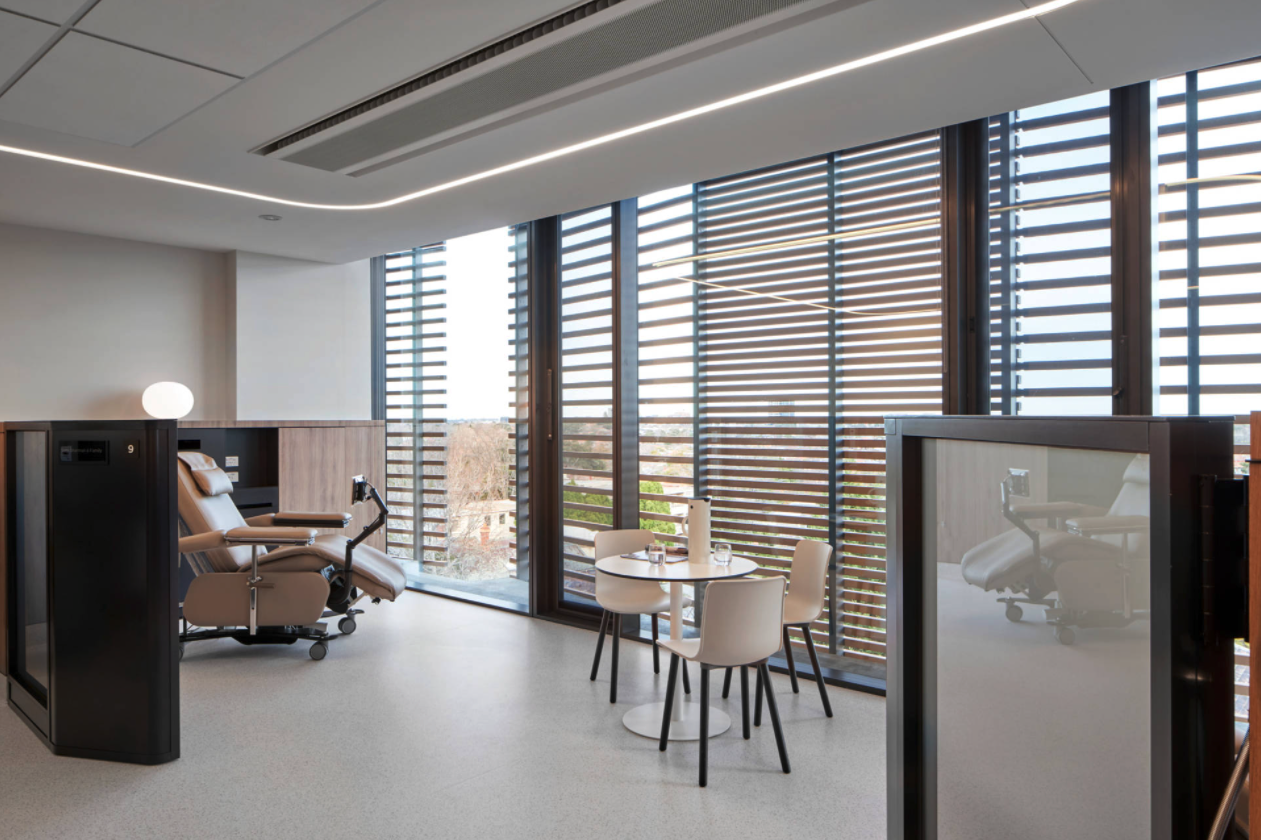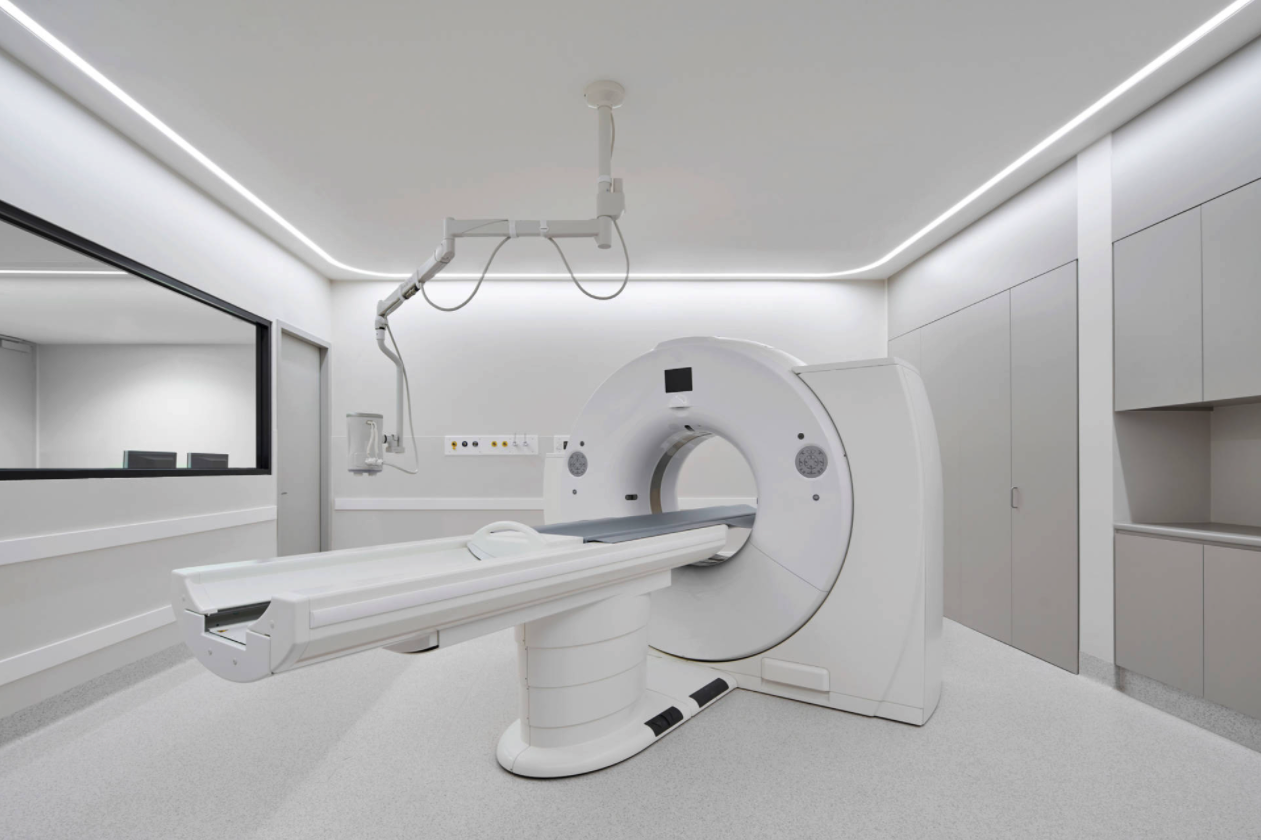Mark Healey, Bates Smart
DIA Designer Questions
• Mark Healey
Studio Director of Bates Smart
Designers Australia Awards 2021, Place Category Winner: Bates Smart for Gandel Wing, Cabrini
Designers:
Mark Healey
Kristen Whittle
Tim Leslie
Kevin Masci
Ray Feile
Anqi Zeng
Aurelia Gachet
DIA: When and how did your career start?
MH: My career began in a small start-up with two fellow graduates from Victoria University School of Architecture & Design in Wellington, New Zealand. We worked on predominately private residential, hospitality and theatre projects. We learnt how to generate work when it wasn’t there and were fed opportunities through university-supported lecturers. This allowed me to create a small portfolio of built work and move to Australia, where I have been lucky to work with some extraordinary design talent.
DIA: Tell us what you are currently working on at the moment?
MH: I’m working on a wide variety of work presently, having recently submitted the proposal for the new Frankston Hospital with Exemplar Health and beginning Concept Design on the new Women’s & Children’s Hospital in Adelaide working alongside Woods Bagot Adelaide and Jacobs. The Australian Embassy in Washington DC is currently in construction, Walmer, a multi-residential project for Salta Properties in Abbotsford. I have also just begun briefing for a boutique office for a family investment group in Cremorne.
DIA: How do you approach multi-disciplinary thinking in your designs?
MH: High-quality design outcomes come from an intimate knowledge of all disciplines involved in the construction process. The more you understand the landscape someone else is working within, you can respond more effectively to create a holistic outcome. I am a strong advocate of integrative thinking, especially on large complex projects.
DIA: How has design in your field been impacted during/ post-pandemic? How can a pandemic inform design?
MH: Immensely, designers are collaborative animals, and we often need the creative energy of others to push projects to their optimum outcome. For all the positives and advancements of increased flexibility and use of technology in our workplaces, I think designers are ultimately happier working together face to face.As I work in the healthcare sector, the pandemic has made design teams think more critically about manipulating space to ensure people are safer. Their wellbeing is at the forefront of the design process. It’s encouraging to see ideas of salutogenesis and biophilia, ideas we have been promoting for many years, become central in design briefs.
DIA: What’s in your future? What’s next?
MH: The future looks busy and bright. I see a more collaborative and culturally aware future for the design industry, where First Nations peoples’ understanding of the world will be listened to and engaged with more successfully to create a better place for us all to live.
DIA: Your dream project?
MH: To me, a dream project is where a strong vision is realised and owned by everyone involved; it’s then when you know you have impacted the world in a truly positive way. The Gandel Wing came very close to that goal.
DIA: What’s your favourite Pantone colour?
MH: Bates Smart recently had a brand refresh. A colour put forward by our branding design partner Maude resonated with me; it had positivity and inherent ultramarine-like energy, PANTONE Dark Blue.
DIA: If you could comment on the recent Designers Australia Awards presented by the DIA, what would you say?
MH: I think it was adventurous to be so reductive in the categorisations. Still, ultimately, our goal as designers is to find the essence of something and present it with a certain human quality. It was a shame all entrants couldn’t come together and celebrate all of the great work, but hopefully, there will be a chance to do that soon.
Photography Peter Clark



